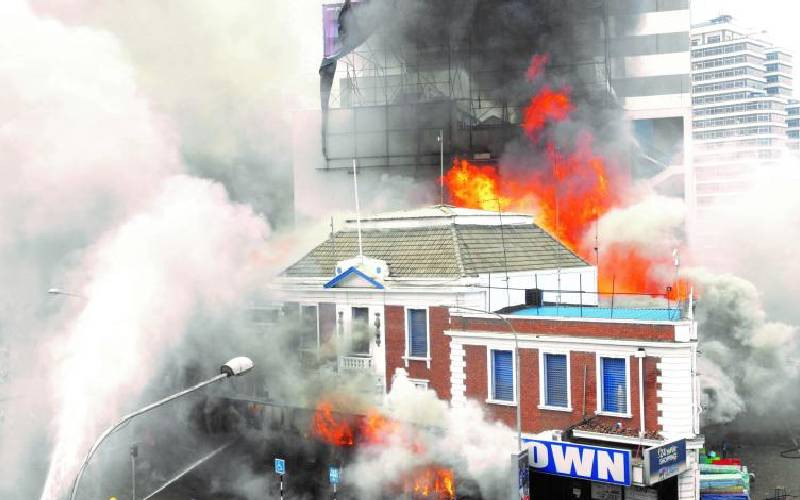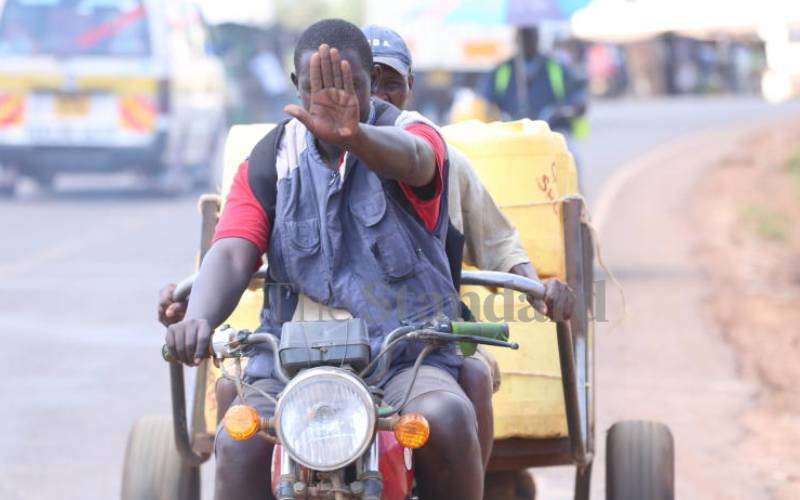The latest outing for Europe's new small satellite launcher, Vega has been postponed until an unspecified date because of bad weather conditions.
The lift-off from the Kourou spaceport in French Guiana was originally scheduled for 23:06 local time on Friday (02:06 GMT, Saturday).
Controllers decided the high altitude wind conditions were unacceptable.
The mission is part of series planned by the European Space Agency (Esa) to demonstrate the rocket's capabilities.
Vega's one and only outing so far was conducted in February last year.
This second mission is supposed to loft the Proba-V satellite to collect data on land cover and vegetation changes over the entire globe every couple of days.
The satellite is also expected to drop off two secondary "passengers" - an Earth observation spacecraft for Vietnam and a "nanosatellite" built by students in Estonia.
"Esa continues to offer European states easy access to space. Last time, we had the first Polish satellite launched into orbit," Antonio Fabrizi, who is the director of launchers at the European Space Agency, said earlier. "This time it will be the case for Estonia to have a satellite in orbit."
Telemetry fix
To get the three satellites into their correct orbits, Vega will have to initiate a number of burns of its Avum fourth-stage.
Esa believes this flexibility of handling multiple missions at once will prove attractive to future commercial customers, not least because sharing a rocket ride helps to constrain costs for all the payloads onboard.
The agency's member states, together with their industries, are investing about a billion euros in the introduction of Vega.
The maiden launch of the Vega vehicle last year was all but flawless, but some changes have been made for this second launch.
Engineers have written new flight software for the rocket. They have also had an additional ground station built in the north of French Guiana to improve the reception of telemetry sent down from the vehicle. Drop-out was experienced for a short period during the first launch.
"There are no modifications on the rocket design that resulted from the first flight," explained Stefano Bianchi, Esa's Vega programme manager.
"The only point we noticed during the first flight was that we had a problem with the link between the launcher and the ground during the operation of the second stage and the start of the third stage. It was a temporary shielding due the physical effect of the [rocket] plume, which has a high aluminium content."
Debris limitation
The 30m-tall Vega comprises four stages.
The first three burn a solid fuel. Its fourth and final stage uses liquid propellants.
It is the re-startable capability of this fourth segment that allows Vega not only to put several spacecraft in different orbits, but enables the rocket segment also to bring itself out of the sky at the end of the mission.
This ensures Vega does not add to the growing population of redundant objects that now litter the space environment.
The latest launch is the start of what Esa calls the Vega Research and Technology Accompaniment (Verta) programme - a sequence of flights intended to demonstrate the rocket's capabilities whilst at the same time moving it towards full commercial service.
VNREDSat-1, which is to be launched for the Vietnamese Academy of Science and Technology, represents the first fee-paying payload on Vega.
The spacecraft is expected to return https://cdn.standardmedia.co.ke/images of the Earth at a best resolution of 2.5m for environmental monitoring purposes in the Asian country.
Flight rate
The main payload, Proba-V, is an Esa mission. It carries a vegetation imager that will provide continuity of data for the researchers who have been using the French Spot 4 and 5 satellites. The Proba instrument is smaller than its predecessors.
"For scientists, it's very important to have continuity and long time-series, and to carry on beyond Spot 5's vegetation observations. But for the requirements of our Proba missions, there has to be some additional performance," said Frederic Teston, Esa's Proba programme manager.
As part of Proba's aim to push satellite equipment in new directions, the 140kg platform will also demonstrate a number of technologies that are likely to fly on future missions. These include space radiation monitors, fibre-optic wiring, and an instrument to track aircraft from orbit.
Vega is now one of three rockets launching out of French Guiana. The South American country already hosts Europe's workhorse heavy-lift vehicle, Ariane-5, and the medium-class Russian-built Soyuz rocket.
The Kourou spaceport is managed by Arianespace. Speaking about Vega's potential to win business on the international launch market, Louis Laurent, a senior vice president with the company, said: "The core of this market is Earth observation, but we have also opportunities in telecommunications and science.
"Our target - and we think it is feasible - is to increase the launch rate of Vega up to three launches per year."
BBC
 The Standard Group Plc is a multi-media organization with investments in media
platforms spanning newspaper print operations, television, radio broadcasting,
digital and online services. The Standard Group is recognized as a leading
multi-media house in Kenya with a key influence in matters of national and
international interest.
The Standard Group Plc is a multi-media organization with investments in media
platforms spanning newspaper print operations, television, radio broadcasting,
digital and online services. The Standard Group is recognized as a leading
multi-media house in Kenya with a key influence in matters of national and
international interest.
 The Standard Group Plc is a multi-media organization with investments in media
platforms spanning newspaper print operations, television, radio broadcasting,
digital and online services. The Standard Group is recognized as a leading
multi-media house in Kenya with a key influence in matters of national and
international interest.
The Standard Group Plc is a multi-media organization with investments in media
platforms spanning newspaper print operations, television, radio broadcasting,
digital and online services. The Standard Group is recognized as a leading
multi-media house in Kenya with a key influence in matters of national and
international interest.









